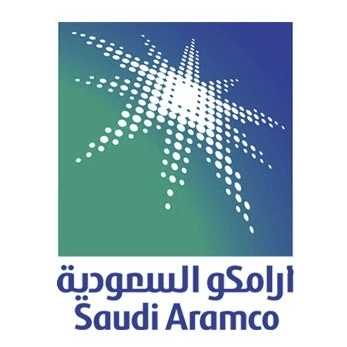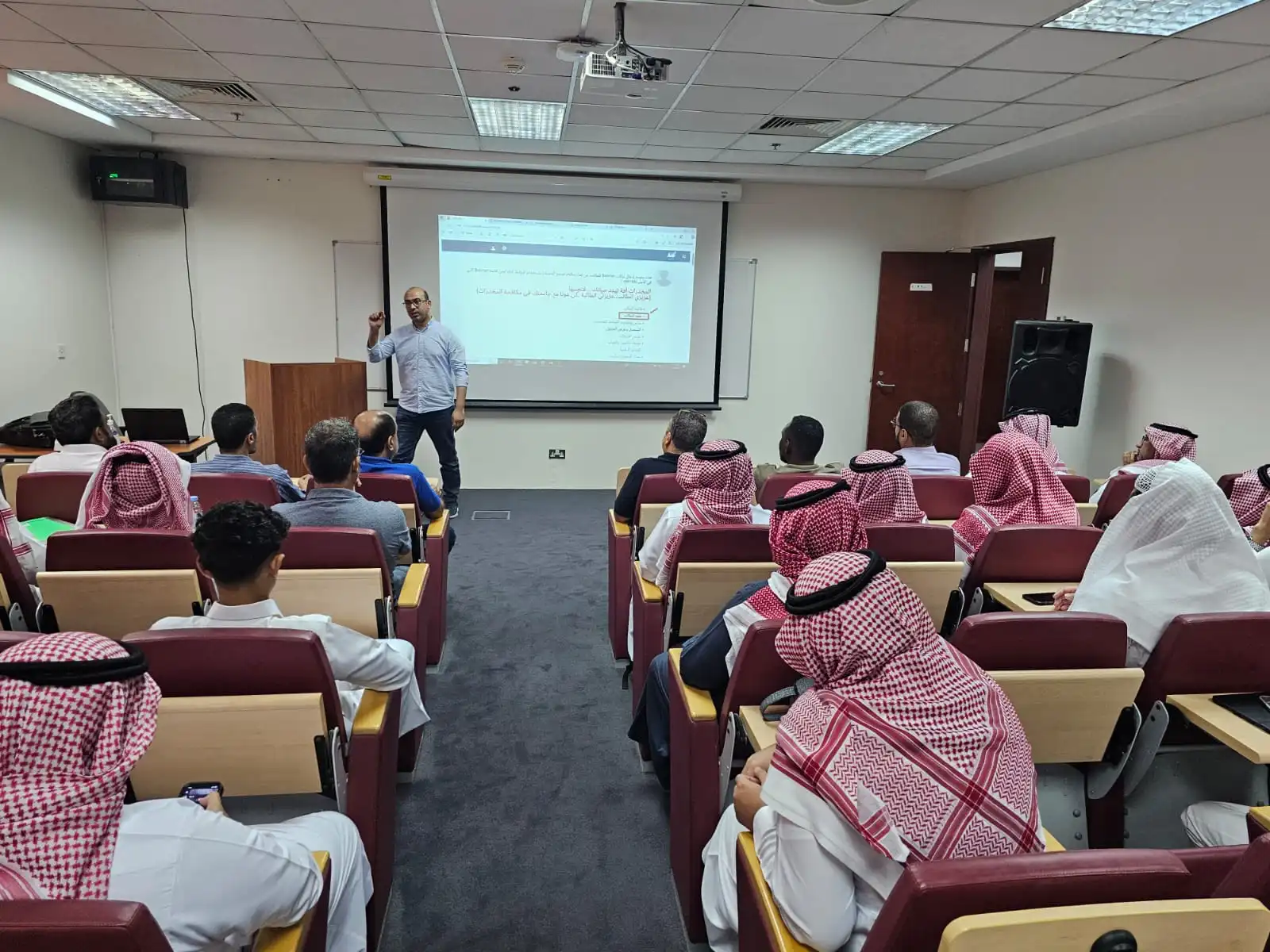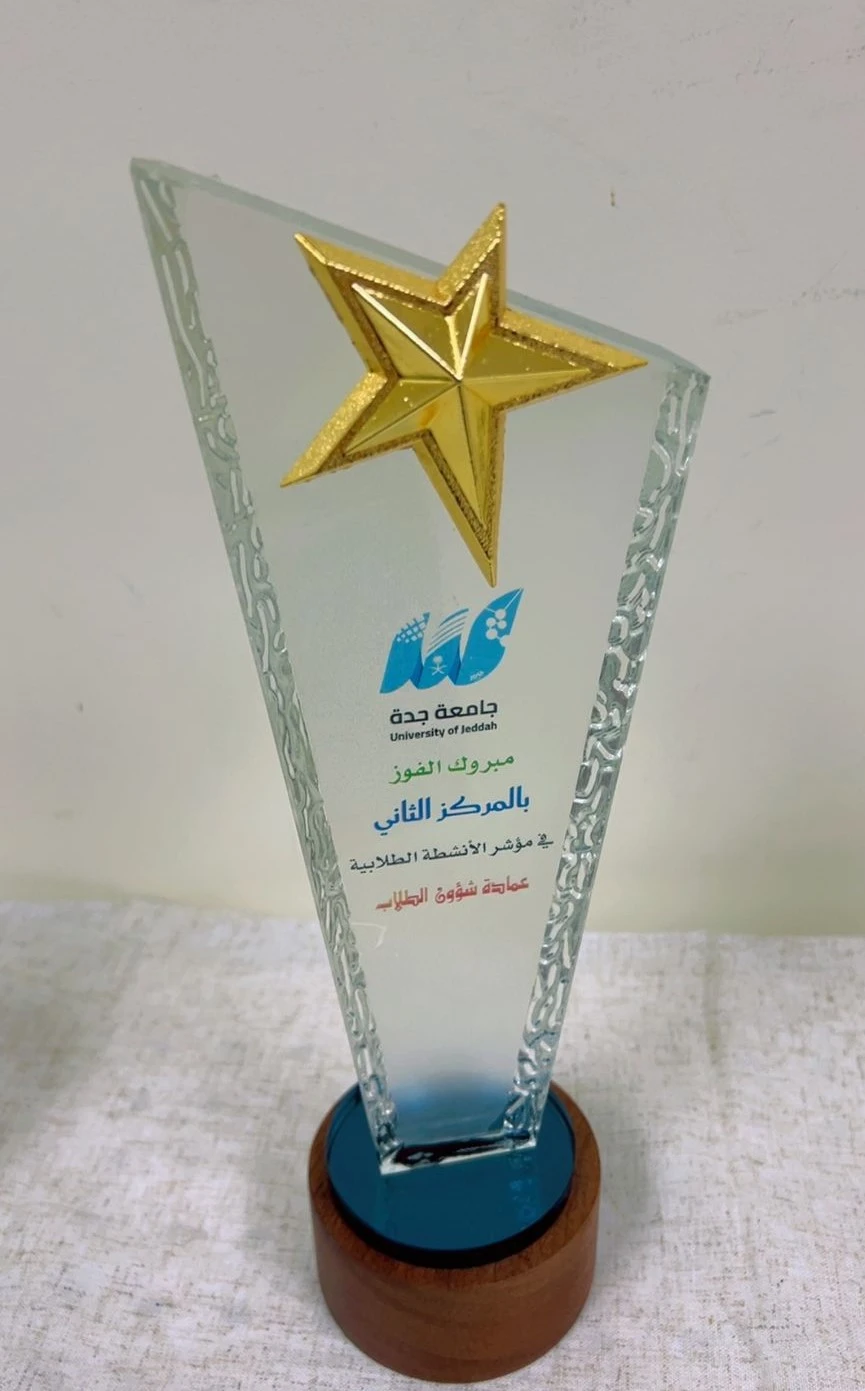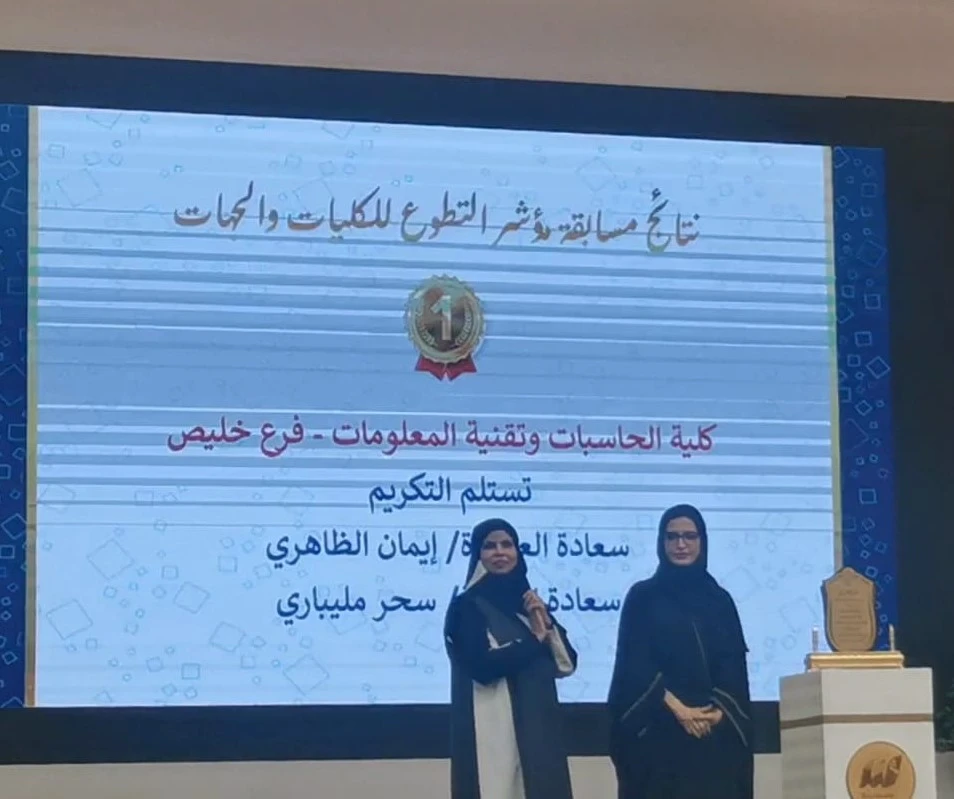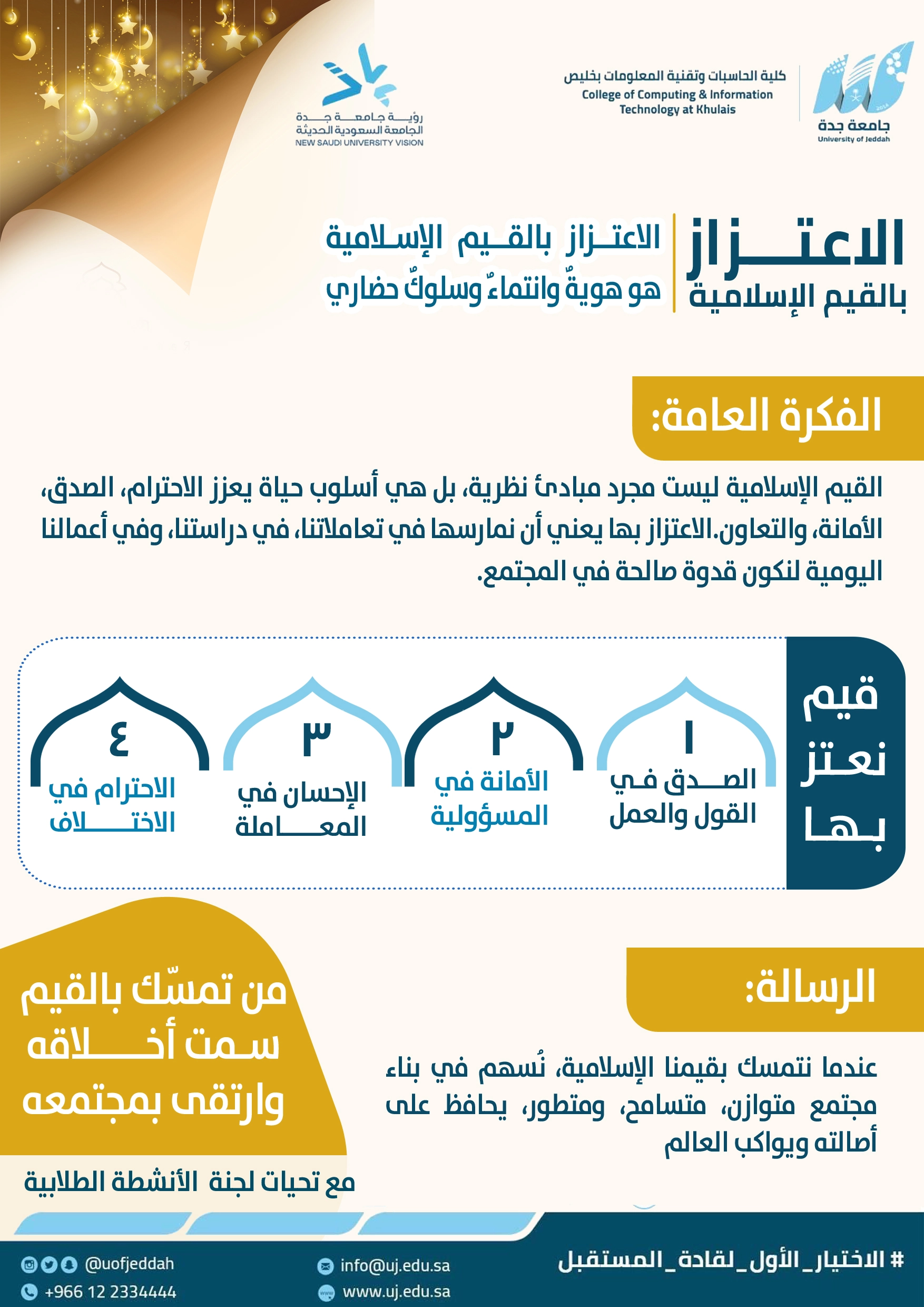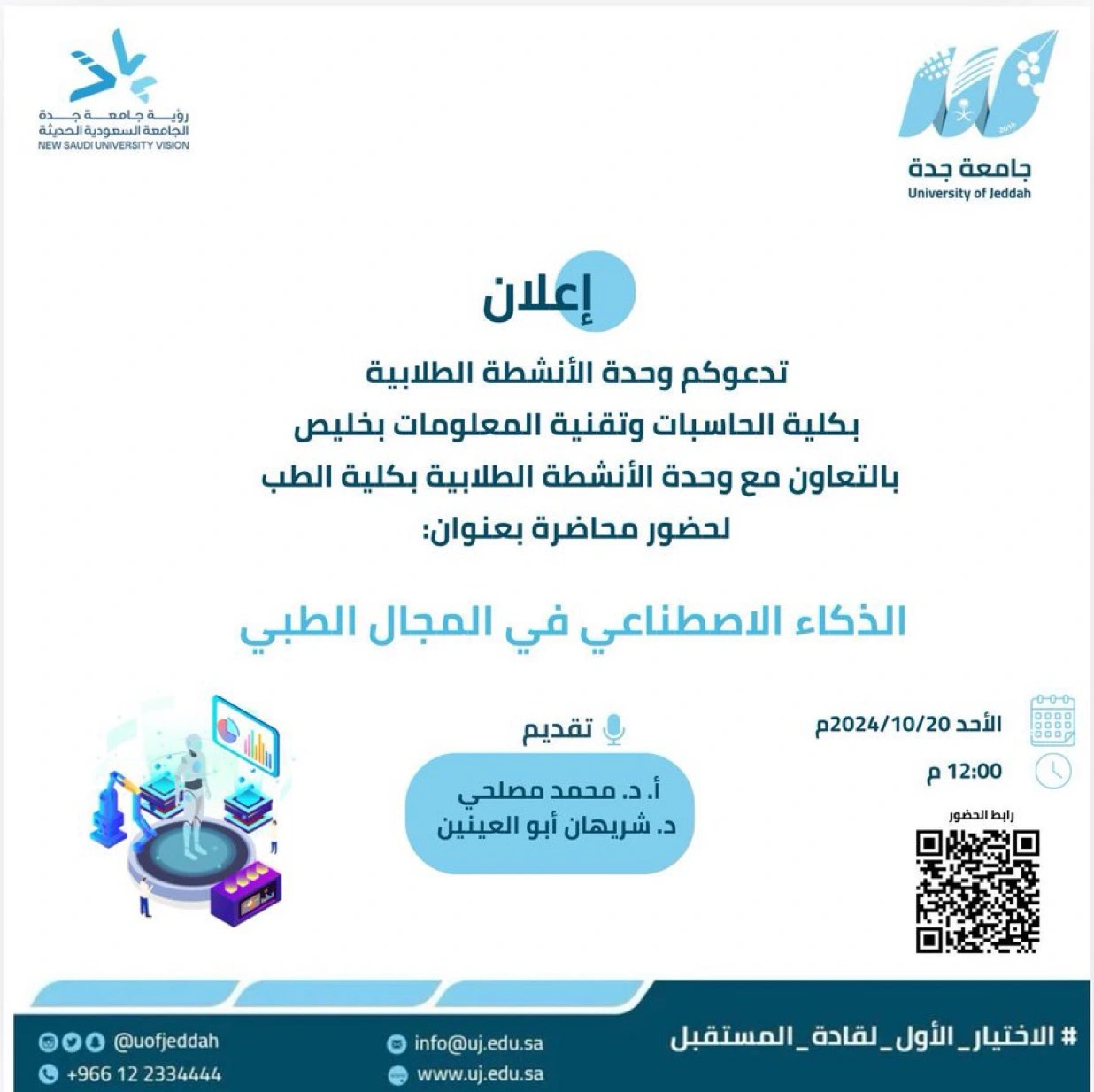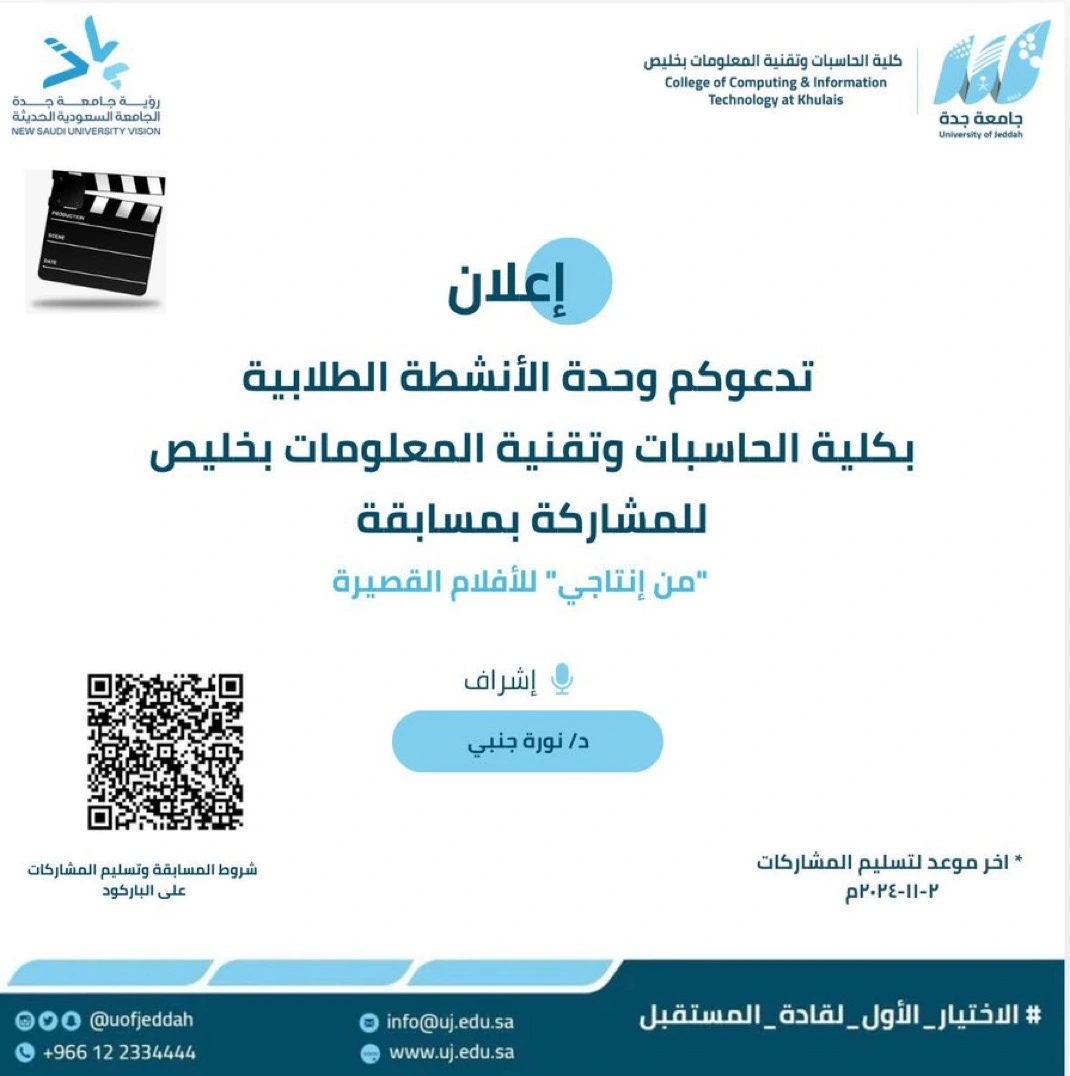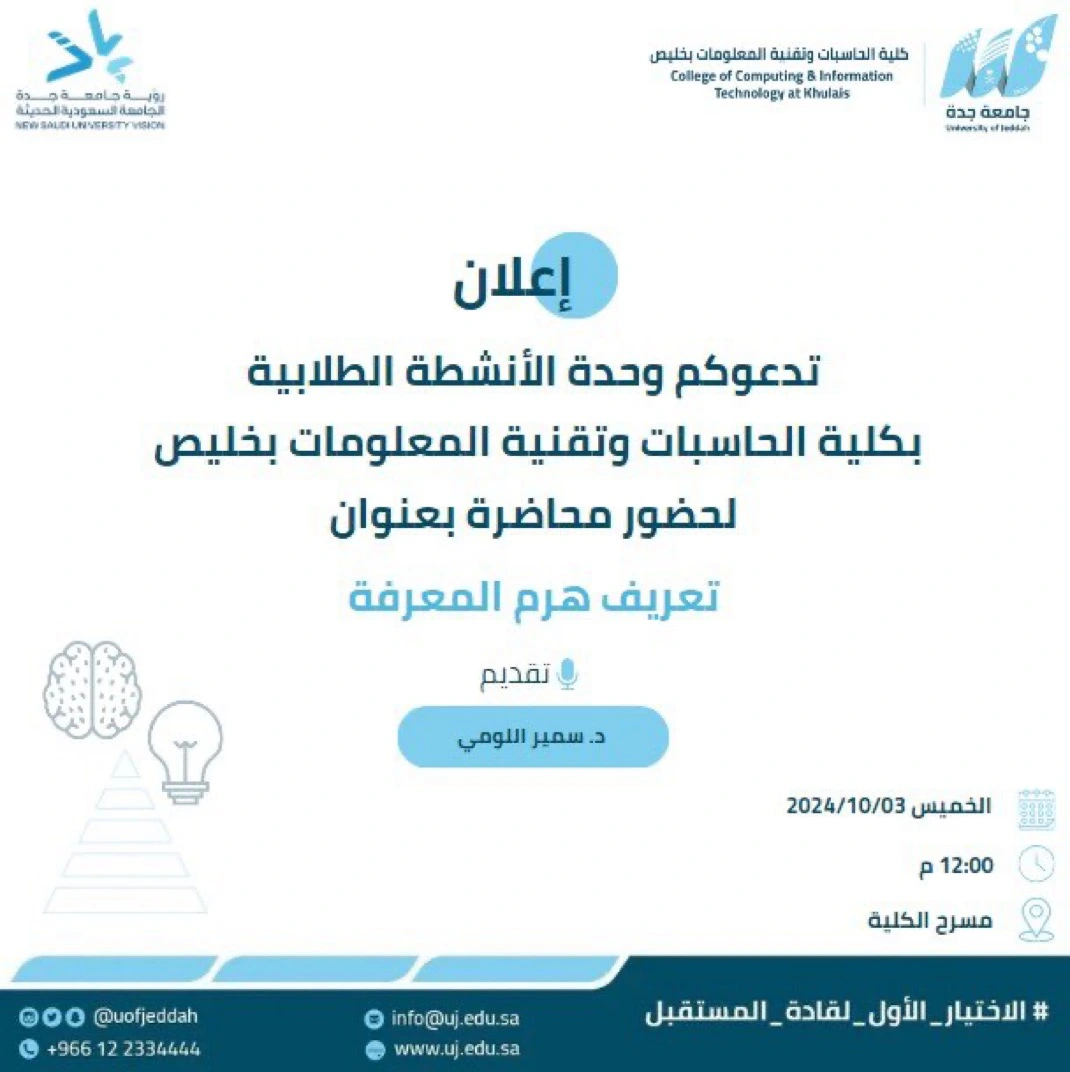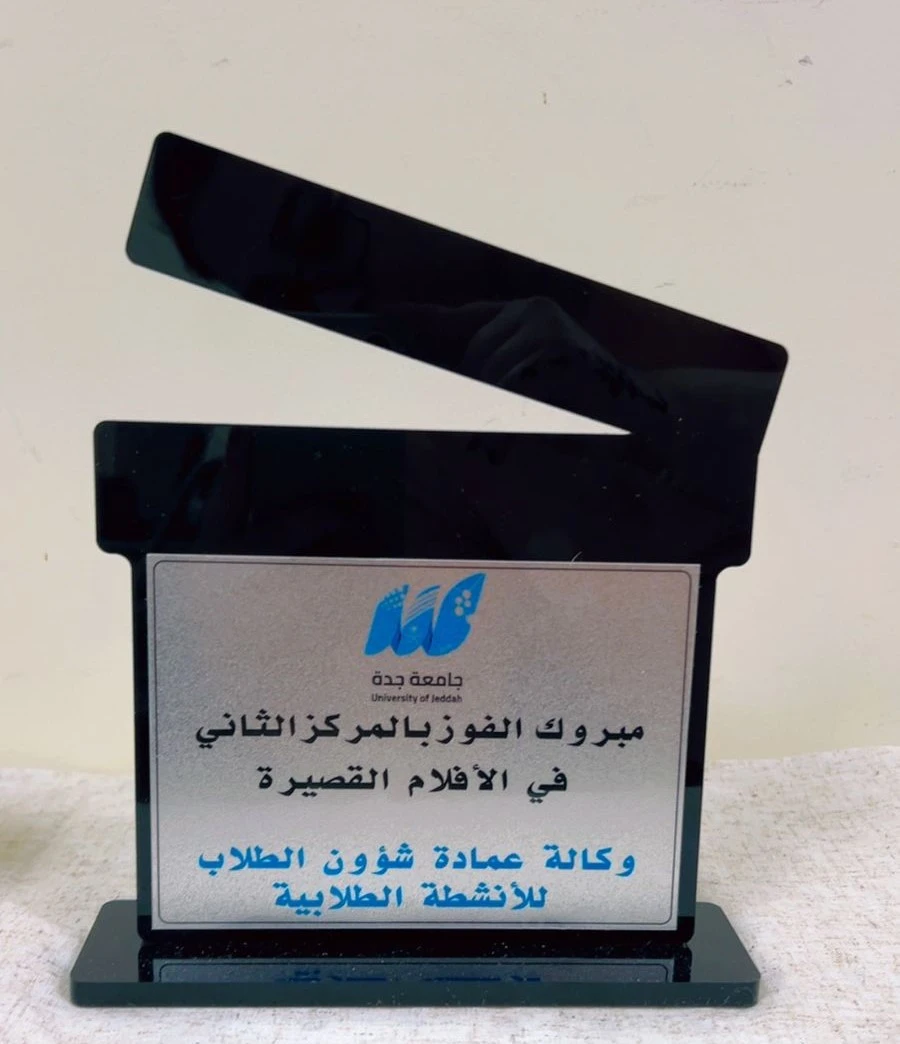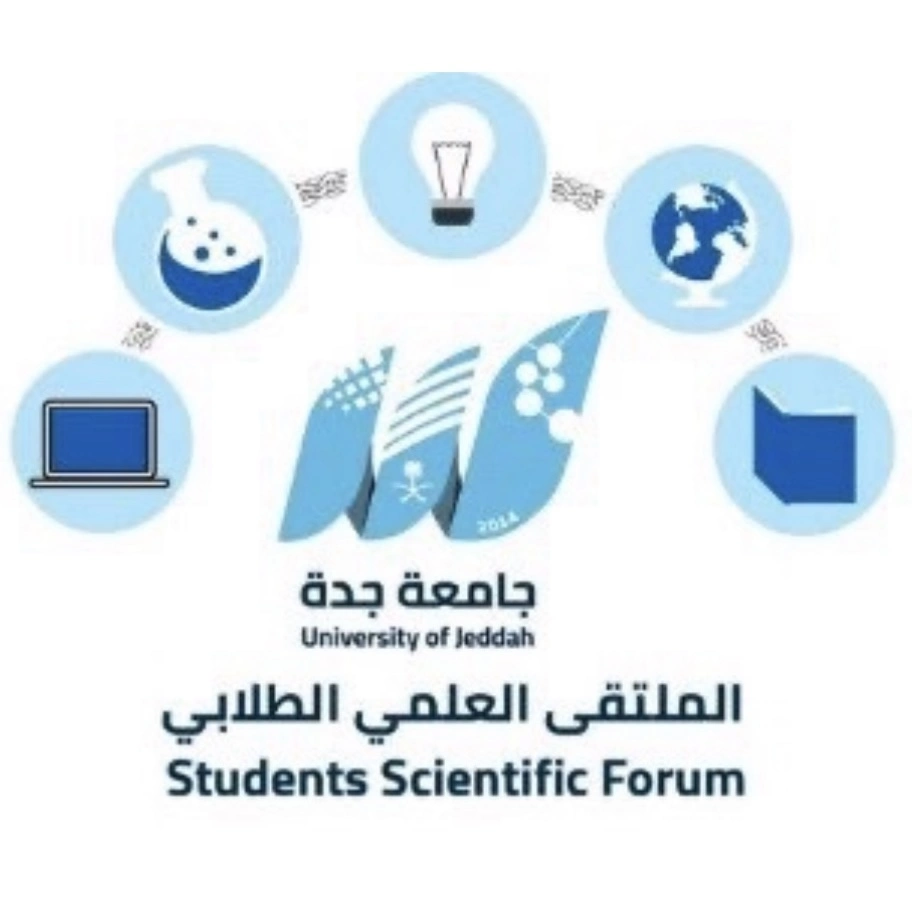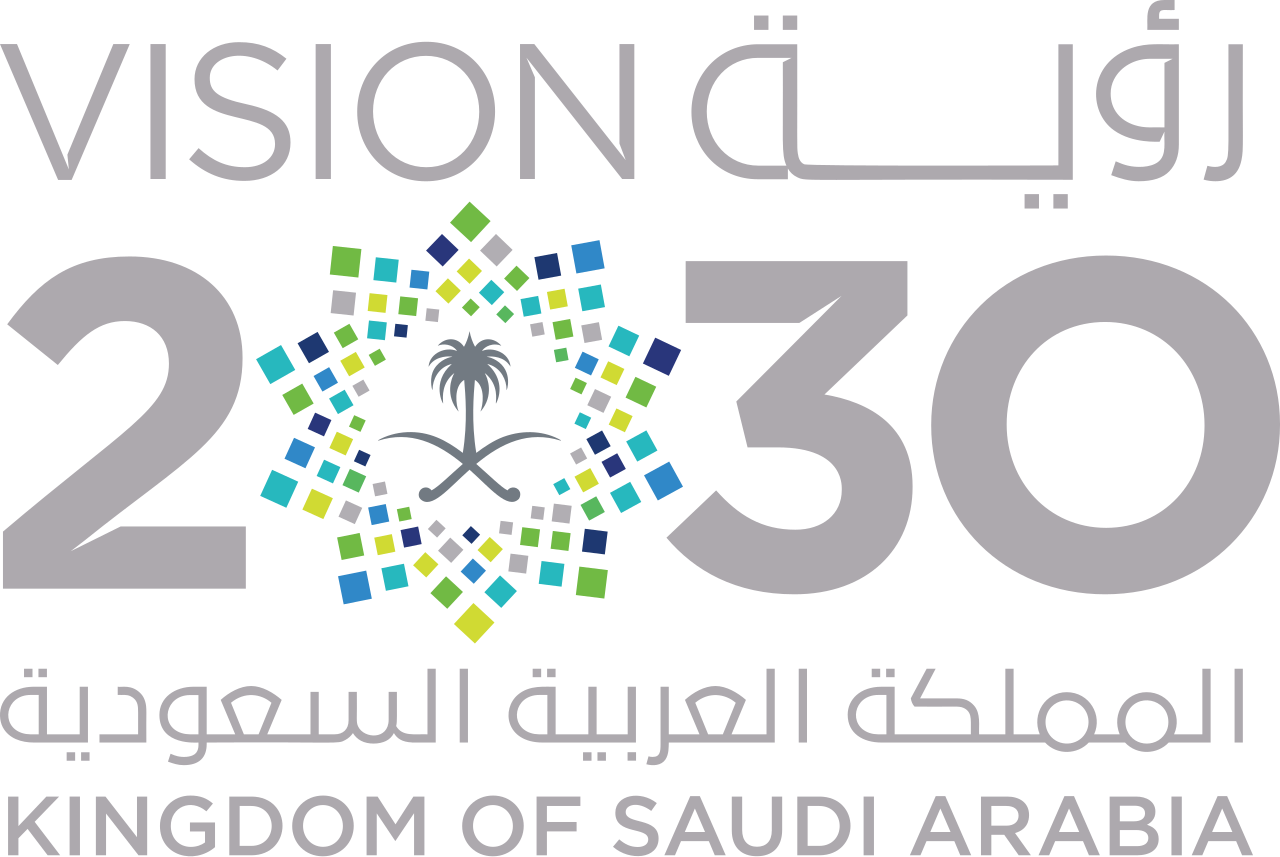Distributed Artificial Intelligence: Taxonomy, Review, Framework, and Reference Architecture
28 Oct 2024

Artificial intelligence (AI) research and market have grown rapidly in the last few years, and this trend is expected to continue with many potential advancements and innovations in this field. One of the emerging AI research directions is Distributed Artificial Intelligence (DAI). It has been motivated by technological advances in communication, networking, and hardware, together with the nature of data being generated from connected, distributed, and diverse objects. DAI is expected to create a fertile environment for innovative, advanced, robust, and scalable approaches for AI supporting the vision of smart societies. In this paper, we explore state of the art on DAI and identify the opportunities and challenges of provisioning distributed AI as a service (DAIaaS). We provide a taxonomy and a comprehensive review covering the literature from 2016 to 2022. It comprises various aspects of DAI, including AI workflow, distribution paradigms, supporting infrastructure, management techniques, and applications. Based on the gained insights from the conducted review, we propose Imtidad, a framework for provisioning DAIaaS over the cloud, fog, and edge layers. We refine this framework and propose the Imtidad software Reference Architecture (RA) for designing and deploying DAI services. In addition, we extended the framework and developed a future networking infrastructure transformation framework, as it is one of the main enablers for DAI. This framework and RA can be used as guidance facilitating the transition to the future DAI, where DAI is decoupled from the design and development of smart applications. This paper, including the proposed framework, RA, taxonomy, and detailed review, is expected to have an extensive impact on DAI research and accelerate innovations in this area.








